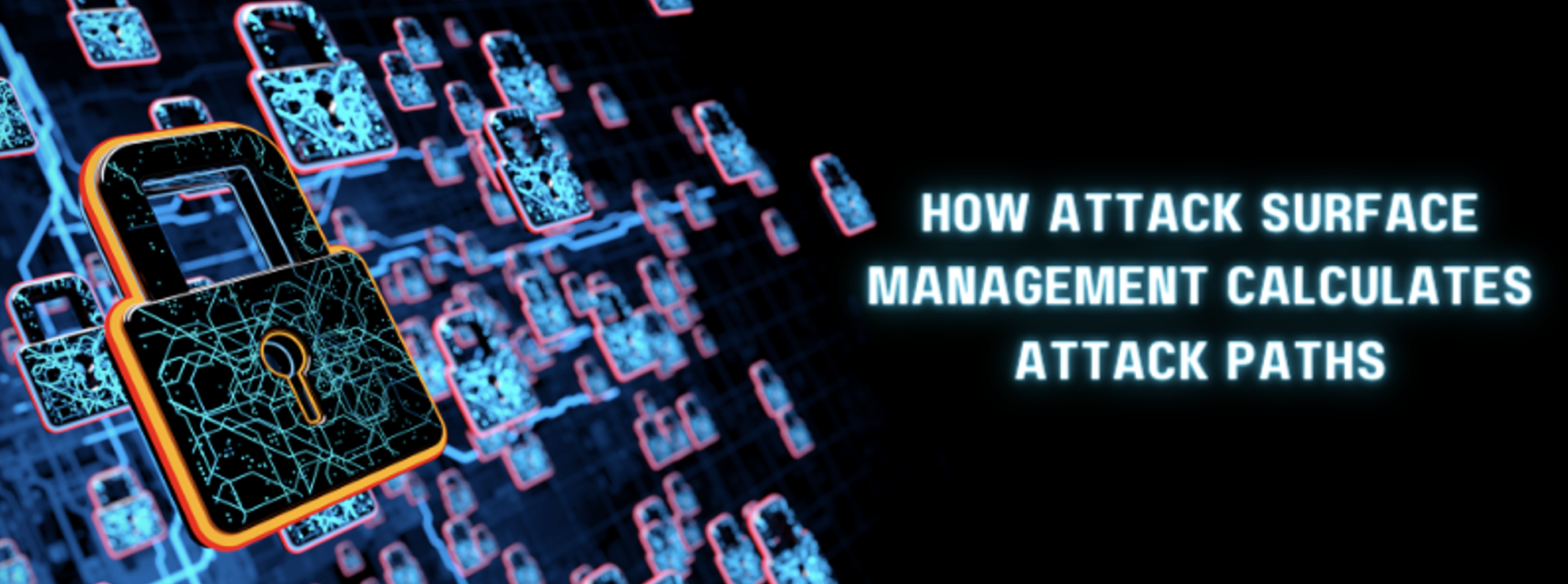Last Updated on January 29, 2025
The key benefit of attack surface management is cutting through the noise to identify the vulnerabilities that pose the greatest real-world risks in your specific environment.
In the case of NopSec’s “cyber threat & exposure management” solution, this includes mapping the potential attack paths that a hacker could leverage to successfully exploit your highest-risk vulnerabilities.
To explain how attack surface management works and how it can reduce risk, a recent episode of The Virtual CISO Podcast features Michelangelo Sidagni, NopSec’s CTO. The show is hosted by John Verry, Pivot Point Security CISO and Managing Partner.
Calculating attack paths
Michelangelo describes how and why the NopSec solution highlights potential attack paths associated with vulnerabilities: “We take environmental factors, such as network segmentation, as well as other compensating controls, and join them with vulnerabilities and misconfigurations to calculate allowed attack paths.”
That is, the attack path that a hacker can theoretically take to successfully exploit a vulnerability within your environment. This is key for prioritizing vulnerabilities, as well as delineating their remediation steps.
“Basically, it gives you that extra layer of understanding—where these machines are and how they’re configured, whether they’re vulnerable, whether there’s an attack path,” Michelangelo clarifies. “As opposed to just saying, ‘Okay, you got this vulnerability, you have to patch it.’ Why? That’s the question I ask the auditor. ‘You’re telling me that I have to patch this machine because it has a CVSS score of 7. But this machine is not reachable.’”
How NopSec analyzes attack paths
When you think about, the ability to trace an attack path in a real-world environment seems a bit magical.
“Attack path analysis fascinates me,” John relates. “I don’t know if you’ve ever heard of a product… I don’t even know if they still exist. But there was this phenomenal product called RedSeal. What they were able to do is, you’d put in all of your packet filtering configs for your entire network, and it could build what the network looked like off of the routing tables and the packet configuration. Then you would put in the vulnerability data and it would show you… what the [associated] attack path would be. Are you doing that as well?”
Michelangelo replies: “The technology is similar, but different in the sense that a lot of the technology has improved. We use machine learning with graph technology to calculate all the probabilities based on the exploitability and the routes. It’s a little bit more sophisticated. You can render better threat scenarios with much more fidelity than before.”
What’s next?
To catch the whole podcast episode with Michelangelo Sidagni, click here.
Is attack surface management right for your business? This related podcast explores the topic: Can Attack Surface Management Help with Vulnerability Assessment?























